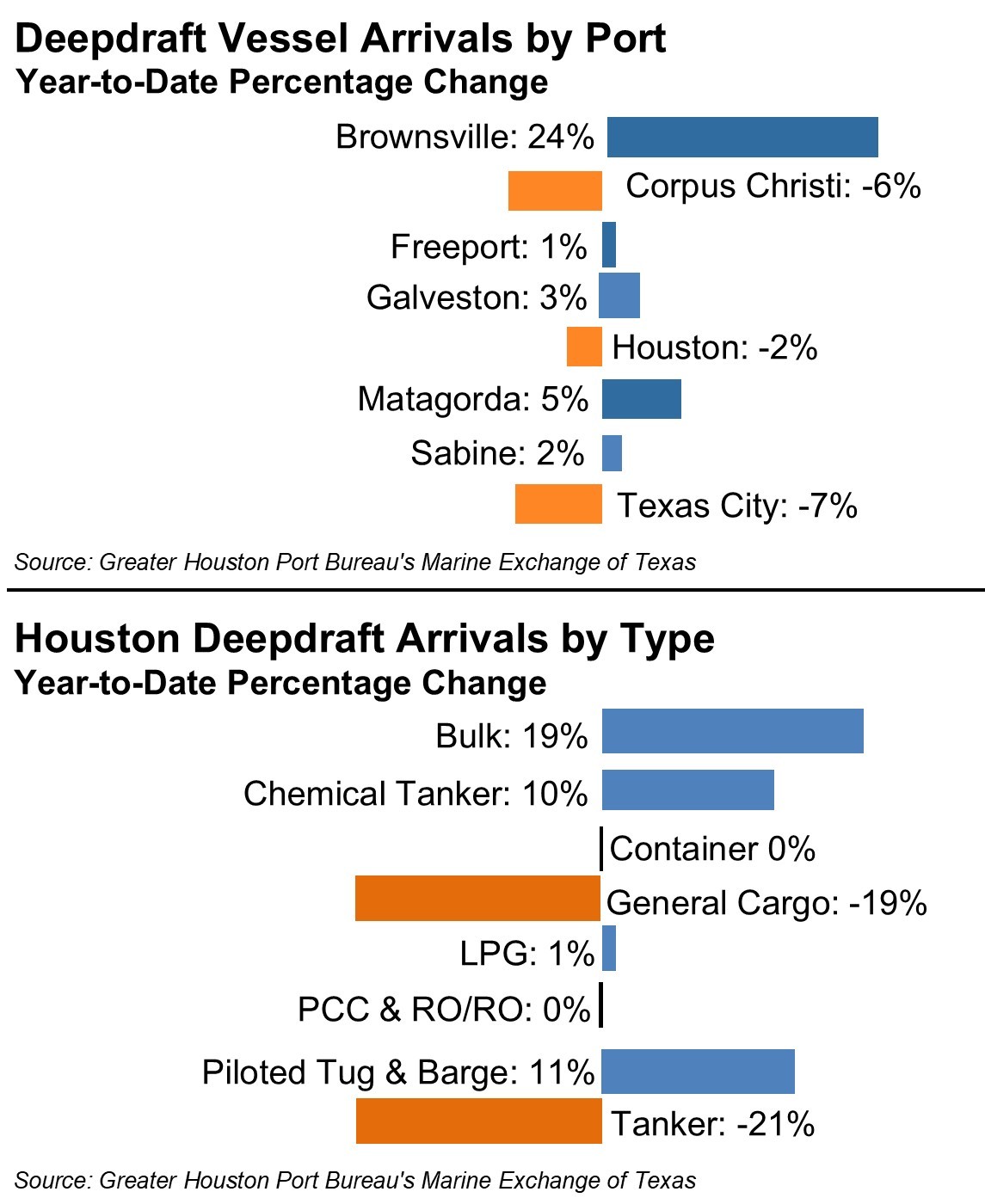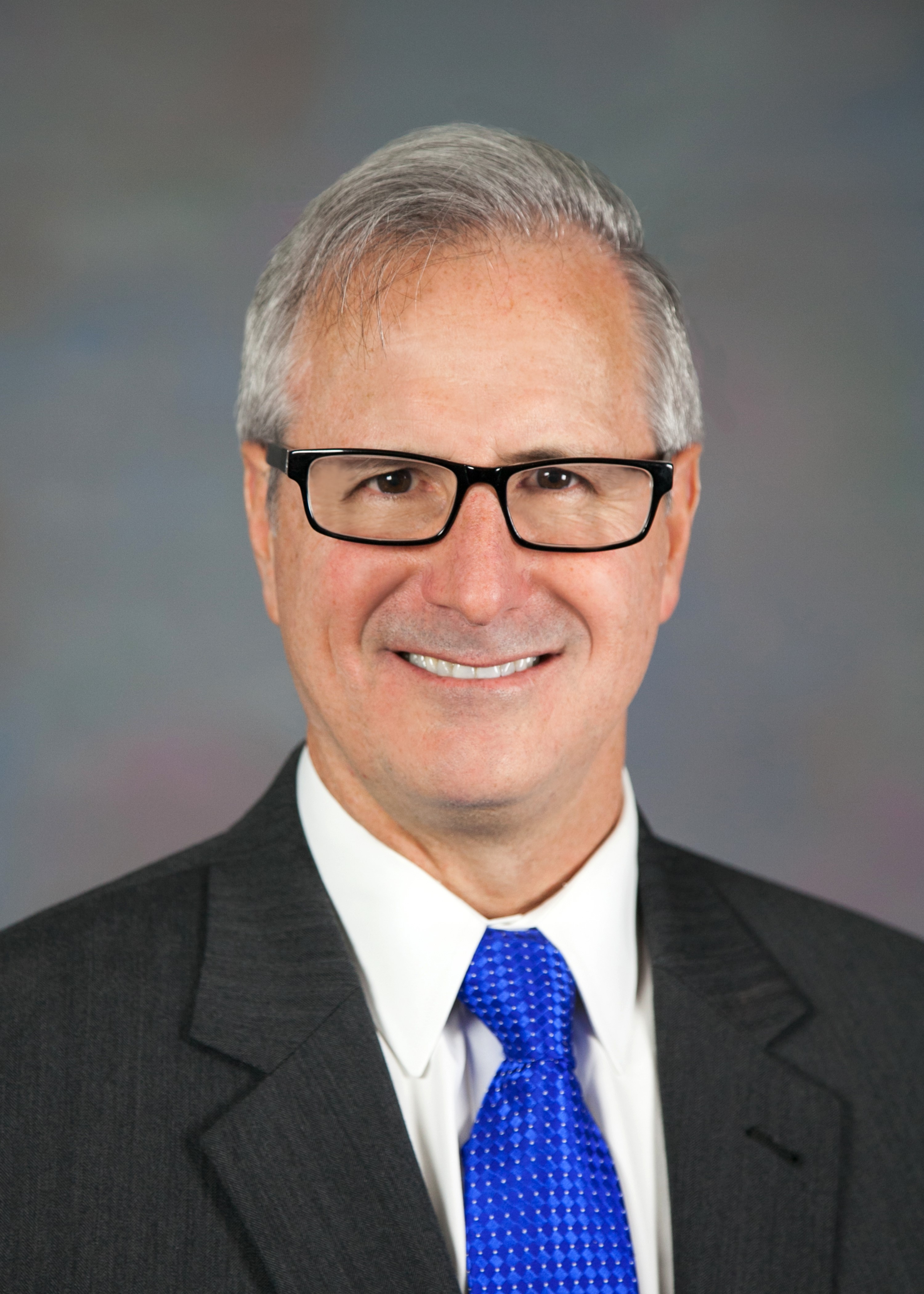Golden Gate’s Barbary Coast
 Photo: Sketched and drawn by C.R. Parsons. Published by Currier and Ives. United States Library of Congress's Prints and Photographs division under the digital ID ppmsca.08933.
Photo: Sketched and drawn by C.R. Parsons. Published by Currier and Ives. United States Library of Congress's Prints and Photographs division under the digital ID ppmsca.08933.
The captain of the sailing ship Loch Err was shocked when several small boats fastened themselves to his vessel’s stern as it sailed into San Francisco Bay in September 1870. He had heard of the rumors about the port that bore the sobriquet “Barbary Coast.” A port where no seafarer was safe from the predations of the “Runners,” “Crimps” and nefarious waterfront boarding houses. Yet, he never fathomed a brazen, Piratesque assault.
The Runners leapt from their boats and clambered over the Loch Err’s rails. The captain’s demands that the Runners disembark were met with pointed revolvers; whereupon the captain protested no more. That annoyance aside, the Runners set to work. They effortlessly took to the rigging and cajoled the sailors to partake in the endless pleasures of the boarding house for whom they were working. Liquor was offered, photos of scantily clad ladies displayed and promises of more pay on a better sailing ship to entice them to abandon their posts. Eventually, the most determined of sailor’s resolve was weakened by the Spanish fly-laced booze or the Runner’s brass knuckles and slung shot. In a matter of hours, both passengers and captain were dumbfounded to gaze upon empty decks while the Runners rowed their unsuspecting victims ashore.
Unfortunately, once the Runners handed their seafaring prey to the Crimps at the boarding houses, the Shanghai process would unfold. Fearsome and ruthless “Shanghaiers” who ran the boarding houses were renown throughout the Barbary Coast. The likes of Horseshoe Brown, Calico Jim, George Ruben, Mother Bronson and the most notorious of them all – Shanghai Kelly – would quickly ensnare the unwitting sailors and confiscate any belongings in their possession. Whether the mariner was drugged, bludgeoned, or drunkenly seduced, he would invariably emerge from his comatose state on another ship sailing for parts unknown.
In some quarters of the maritime world, there appears to be much unknown. Will tariffs rise dramatically? Are there enough non-Chinese built vessels to transport LNG? Does a recession loom or a trade war lurk? If one were to look upon Texas’s more remote port in Brownsville, there is no hint of trade malaise. The border port posted a rather impressive 24% monthly arrival gain and remains 9% ahead of last year’s vessel tally. On a year-to-date basis, general cargo is outpacing 2024’s numbers by 88%. This more than offset the 3% year-over-year wane for bulker traffic which typically comprises well over 50% of all arrivals.
Embarking to the northeast, the port of Corpus Christi’s 6% monthly decline in arrivals prevented the port from entering positive territory for the year. Tellingly, its dominant constituent – tankers – are up 5%. On the other hand, the Chemical Tanker count – the port’s second highest vessel type - lags last year’s by 6%. Nonetheless, both LNG and LPG port calls are up by 17% and 6% respectively year-to-date. Given the positive export numbers for energy constituents, the state of trade is somewhat sanguine save the fact that bulkers have seen a precipitous decline of 40%. More importantly, the port’s recent completion of a deeper and wider channel will permit larger vessels to transport ever more tonnage.
Navigating along the same track line leads to the ever-dynamic port of Freeport. The May vessel arrival count exceeded the prior month by a paltry 1%; however, the year-to-date arrivals currently outdistance last’s year by 12% - a rather healthy gain. Its top three vessel categories – chemical tanker, LPG and LNG – are logging 8%, 8% and 29% year-over-year gains, respectively. Undoubtedly, American BTUs remain in high demand in the international marketplace. car carriers and container ships have also contributed to 2025’s trade bounty as those two categories have seen 17% and 81% more arrivals. The only dark cloud in the energy realm for the port was the 19% decline in the number of tanker arrivals through the first 5 months of the year.
 While chemicals and LNG are the backbone of the port of Freeport, the nearby port of Galveston handles more passengers than all of its Texas brethren combined. 2025 has already exceeded the cruise ship count by 15%. Yet, there is only so much pier space in this former cotton capital. Thus, lay berth usage for chemical tankers has fallen 10% in the last year and 21% fewer bulkers have moored at the port. Conversely, the tanker count continues to climb with the expansion of the port’s oil terminal. As such, May enjoyed a 20% monthly jump in tanker arrivals and 30% over the last year.
While chemicals and LNG are the backbone of the port of Freeport, the nearby port of Galveston handles more passengers than all of its Texas brethren combined. 2025 has already exceeded the cruise ship count by 15%. Yet, there is only so much pier space in this former cotton capital. Thus, lay berth usage for chemical tankers has fallen 10% in the last year and 21% fewer bulkers have moored at the port. Conversely, the tanker count continues to climb with the expansion of the port’s oil terminal. As such, May enjoyed a 20% monthly jump in tanker arrivals and 30% over the last year.
Just as Galveston develops additional cruise ship terminals, the adjacent port of Texas City is embarked upon the same mission on the energy front. Given that these undertakings take time, 2025’s arrival count remains in the wake of 2024’s, to the tune of 9%. All but one of the port’s vessel types were off for the month and remain down for the year. The sole exception being integrated tug and barge which climbed 15% above that of the prior year. That said, the tanker and chemical tanker vessel count has fallen over the year by 18% and 11%, respectively. Perhaps a harbinger of things to come?
Then again, best to divine trends from a port with a larger sample base. The port of Sabine – the state’s second busiest port – would certainly qualify for that role. While last month’s total vessel count clicked up 2%, the overall numbers for the year have softened by 4%. Interestingly, in May, four of the five port’s top vessel categories posted their highest arrival counts for the year. Chemical tankers lead the pack with a 1% uptick year-to-date. LNG and LPG posted similar numbers; however, both categories chalked up negative numbers month over month – 6% and 21%, respectively. Tankers were also in a position to crow about May’s 11% monthly jump. Unfortunately, 2025’s performance is well behind that of 2024. It is down by 18%. Bulkers had a very torrid month with a 58% leap; however, they remain in the red with 11% fewer arrivals this year. Finally, more ocean-going integrated tows plied the waters of the Sabine-Neches river in May than any other month of the year. Alas, those 19% more callings failed to pull the category into positive territory for the year as reflected in the 13% year-to-date fall
The port of Houston did not fare as well, percentage-wise, as its petrochemical neighbor to the east in May but its year-to-date performance outmatched Sabine’s. Notwithstanding the tepid performance vis-à-vis 2024’s aggregate arrival count (i.e., 2% drop), there were a few noteworthy data points. Both bulkers and chemical tankers put up their best monthly counts for the year resulting in a 19% and 10% rise over April. Chemical tankers fared slightly better year-over-year with a 4% climb compared to 3% for the Bulk carriers. On the opposite end of the spectrum, Tankers hit a nadir for the year with a 21% drop in arrivals over the last month. This pulled the category further into the red, year-over-year, with 9% fewer calls.
On another positive note, general cargo activity has been quite robust as it outpaces last year’s arrivals by 15%. LPG squeaked out a paltry 1% monthly increase and remains even with last year’s count. The container vessel arrivals continue to drop. Thus far, they lag by 9% for the year. Yet, as one knows, fewer ships are carrying more containers. To date, the TEU statistics are 4% higher. What is somewhat telling is that the dramatic percentage increase in empty export containers which occurred last year has been eclipsed by a nearly 30% increase in empty import containers. Mind you, empty export TEUs still outpace empty imports by more than two to one.
The ocean-going tow activity enjoyed a healthy 11% jump over the last month. Accolade aside, its aggregate arrival numbers have fallen 14% compared to the first five months of 2024. On the inland pushboat front, the parade of tows navigating across the Houston Ship Channel also continues to creep downward.
At times, the Barbary Coast boarding houses lacked sailors to meet the demand from the ships anchored in the Bay. In the winter of 1875, three separate sailing vessels were in dire need of crews as they swung on their hooks outside the Golden Gate. Despite the absence of seafaring victims in his boarding house, the notorious Shanghai Kelly was determined to profit from this dilemma. Thus, he chartered the Goliah – an old paddle wheeled steamer that had plied the bay for many years. Kelly then advertised throughout the waterfront that he would be hosting a birthday picnic aboard the Goliah featuring free liquor and other tempting attractions. His invitation to the Barbary Coast denizens attracted scores of miscreants and petty criminals.
At the appointed hour, the Goliah lowered her gangway for the eager picnickers. Once Shanghai Kelly counted 90 passengers, he and his henchman boarded the Goliah, cast off lines, and steamed for the waters beyond the Golden Gate. Kelly promptly rolled out barrels of beer and whiskey - liberally dosed with drugs - to the unsuspecting guests. Within two hours, after round upon round of toasts to their wily guest of honor, the 90 party goers were unconscious. At which point, Kelly directed the Goliah to pull alongside the awaiting ships and hastily transferred his drugged revelers onto their main decks. It did not matter that every Shanghaied victim had zero seafaring experience. The ships soon weighed anchor and sailed beyond the horizon.
To this day, no one knows if any of the drugged victims returned to San Francisco. Yet, the ever-increasing brazenness of the Crimps and Runners that prowled the waterfront demanded action. By the 1890s, Congress began to pass a series of laws to ensure sailors were paid the wages they earned and were protected from ruthless captains that encouraged the Shanghai culture. Eventually, on June 28, 1906, prompted by the horrors of the Barbary Coast, Congress voted “An Act To Prohibit Shanghaiing In The United States” into law. Ironically, in April of that same year, the deadliest earthquake in the nation’s history completely destroyed the Barbary Coast and 80% of San Francisco. Undoubtedly, what the authorities could not prevent, an earthquake made short work of.
About the Author

Tom Marian is the General Counsel of Buffalo Marine Service, Inc. He also serves on the Executive Committee of the Port Bureau Board of Directors.
